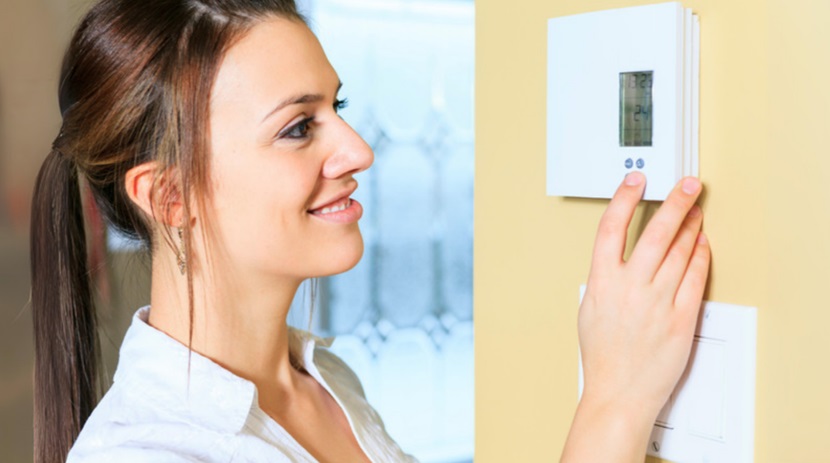When it comes to managing your home’s temperature, understanding your thermostat is crucial. For those with heat pump systems, especially in areas like Atlanta, where temperatures can fluctuate, you might encounter a setting called “auxiliary heat.” But what does this mean, and how does it affect your HVAC system in Atlanta? Let’s dive into the world of auxiliary heat and its importance in keeping your home comfortable year-round.
The Basics of Auxiliary Heat
Auxiliary heat, also known as emergency heat or backup heat, is a secondary heating system that supplements your primary heat pump when temperatures drop significantly. In Atlanta’s climate, where winters can occasionally bring freezing temperatures, this feature becomes particularly important for maintaining a warm and cozy home.
How Auxiliary Heat Works
Your heat pump is designed to extract heat from the outside air and transfer it into your home. However, when outdoor temperatures fall below a certain point (typically around 35°F), the heat pump’s efficiency decreases. This is where auxiliary heat kicks in.
The auxiliary heating system usually consists of electric resistance coils or a gas furnace. When activated, it delivers extra warmth to help your home achieve the temperature you’ve set on your thermostat. This process is automatic in most modern thermostats, seamlessly switching between the heat pump and auxiliary heat as needed.
Also read: how to keep your thermostat at the right temperature
Optimizing Your HVAC System’s Performance
To ensure your HVAC system operates efficiently, consider the following tips:
- Regular Maintenance: Schedule annual check-ups for your heat pump and auxiliary heating system. This can prevent unnecessary wear and tear and improve overall efficiency.
- Smart Thermostat Installation: Installing a smart thermostat is beneficial to better manage your home’s temperature and auxiliary heat usage. These devices can learn your preferences and optimize heating cycles.
- Proper Insulation: Make sure your home is properly insulated to minimize heat loss and decrease the reliance on supplemental heating.
- Gradual Temperature Changes: Avoid drastic thermostat adjustments. Raising the temperature slowly can prevent unnecessary activation of auxiliary heat.
Common Misconceptions About Auxiliary Heat
Many homeowners misinterpret auxiliary heat’s role, resulting in inefficient HVAC system use. A common misconception is that auxiliary heat is always more powerful or effective than the heat pump. In reality, it’s a supplementary system designed for specific conditions.
Another misconception is that manually switching to emergency heat (a feature on some thermostats) is necessary during cold weather. In most cases, your thermostat will manage the transition automatically, and manual intervention is only needed in true emergencies or system malfunctions.
Conclusion
Grasping the role of auxiliary heat is essential for optimizing your home’s comfort and energy efficiency, particularly in climates like Atlanta, where temperature fluctuations are frequent. By gaining insight into how and when your system utilizes auxiliary heat, you can make informed decisions about your HVAC usage and maintenance. A well-maintained and understood HVAC system keeps you comfortable and can lead to significant energy savings over time.

